Homage to the unsung heroes of photojournalism

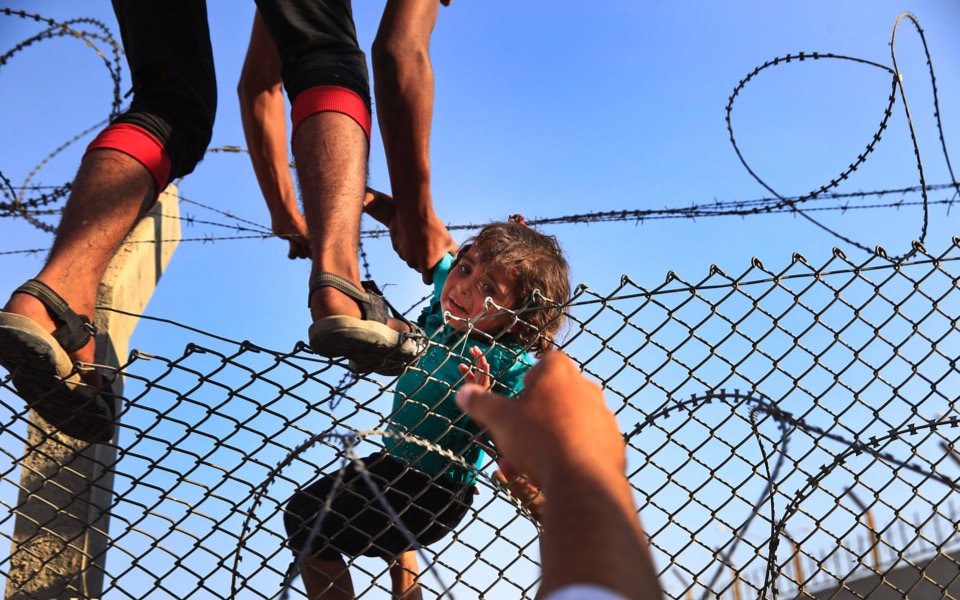
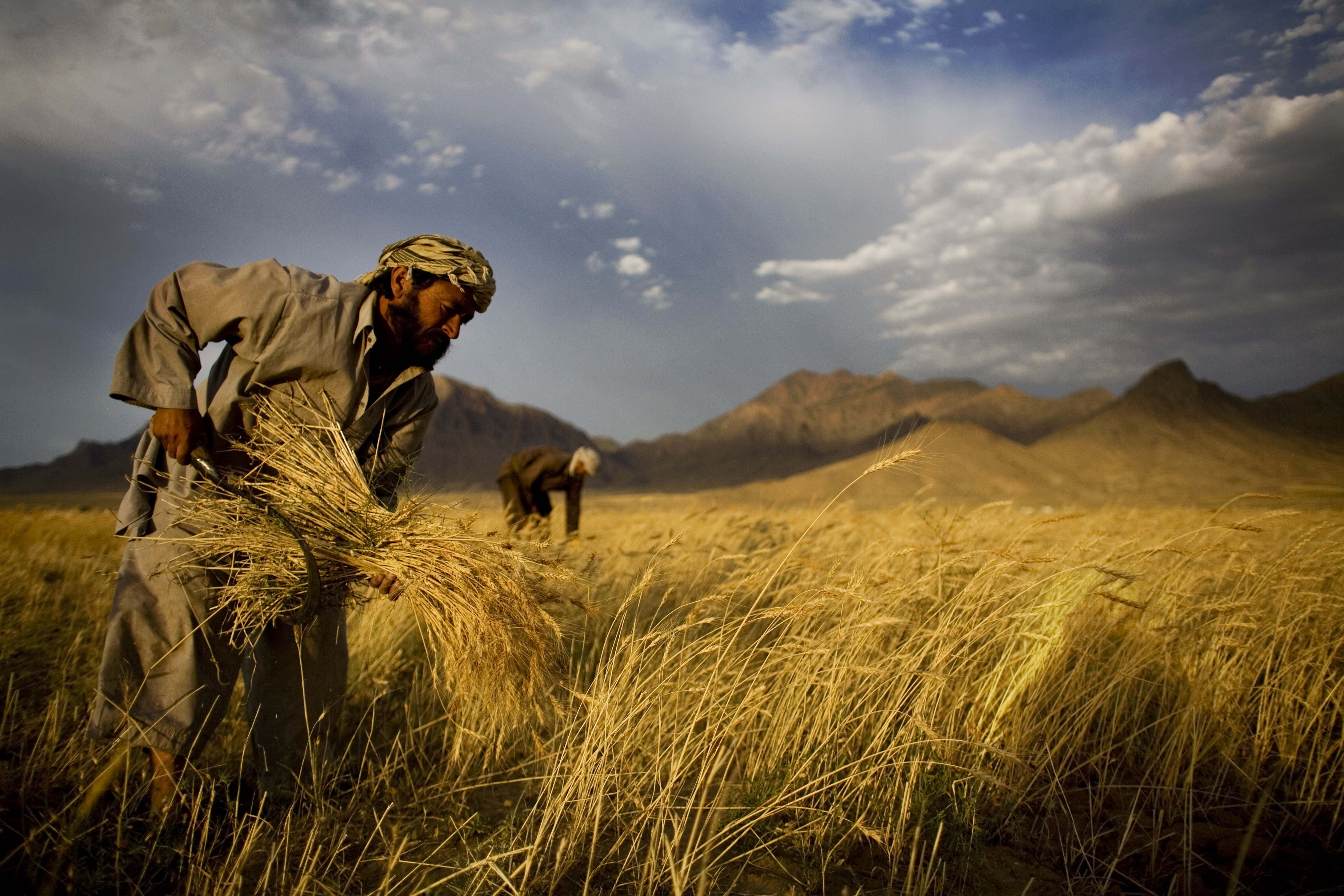
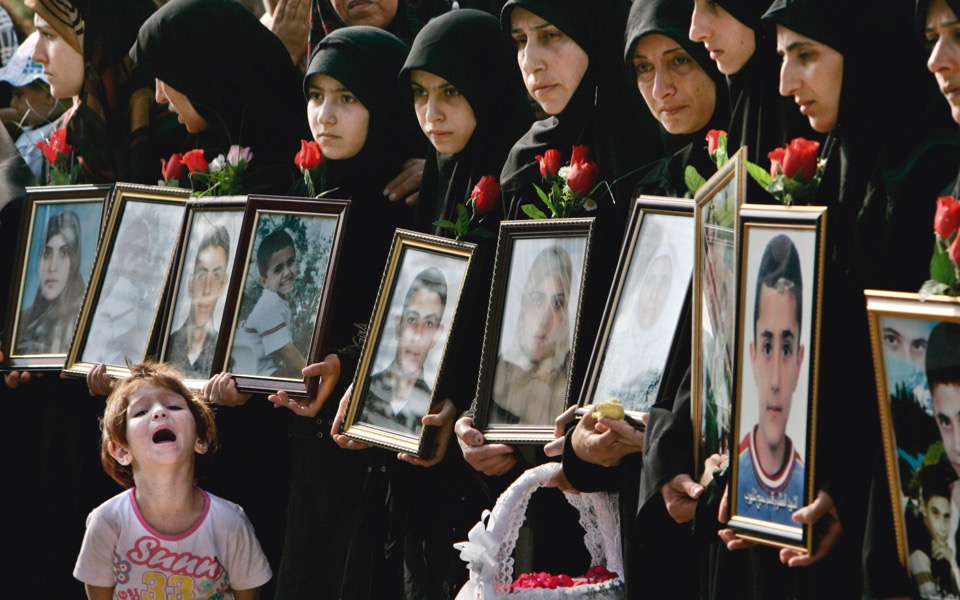
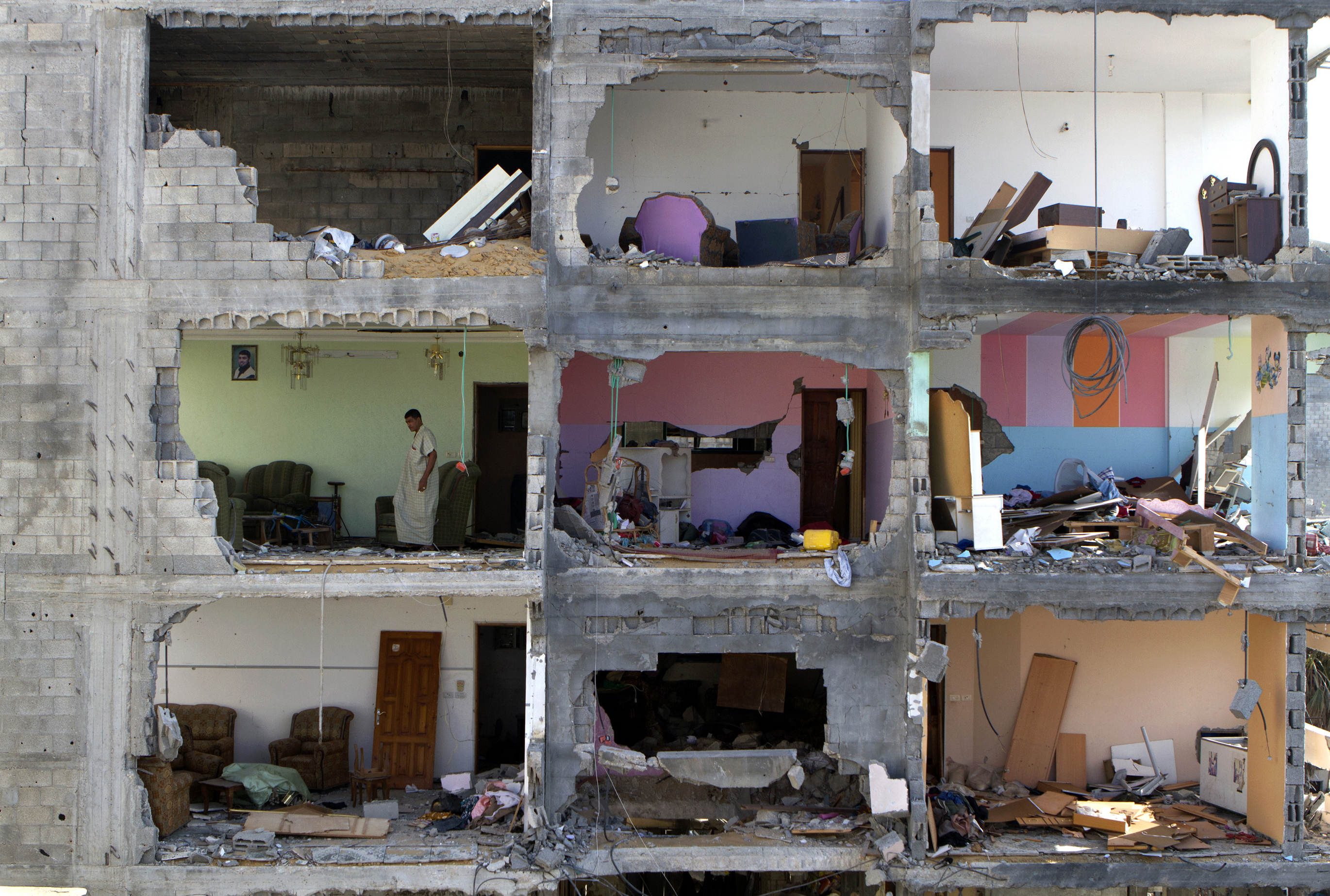
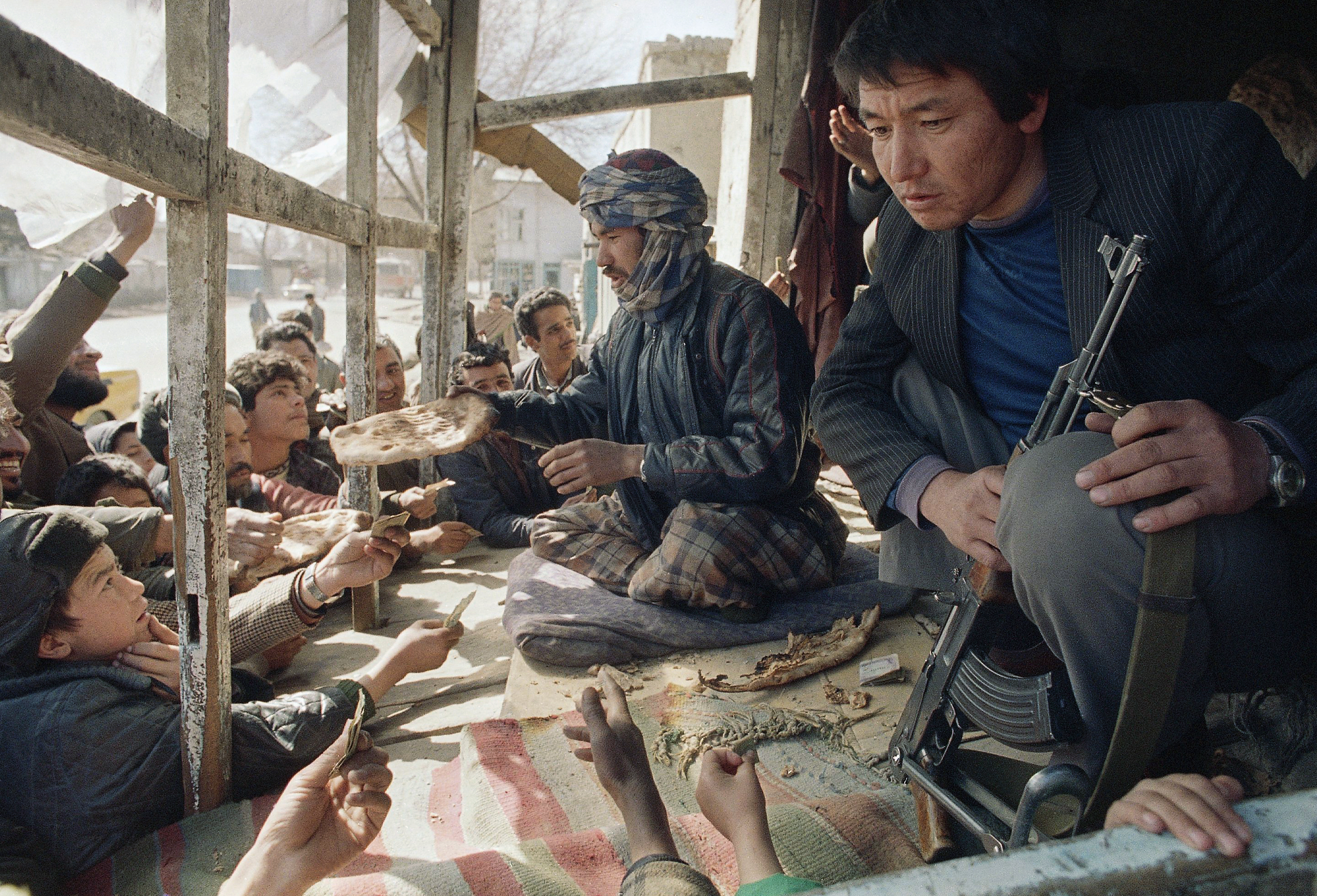
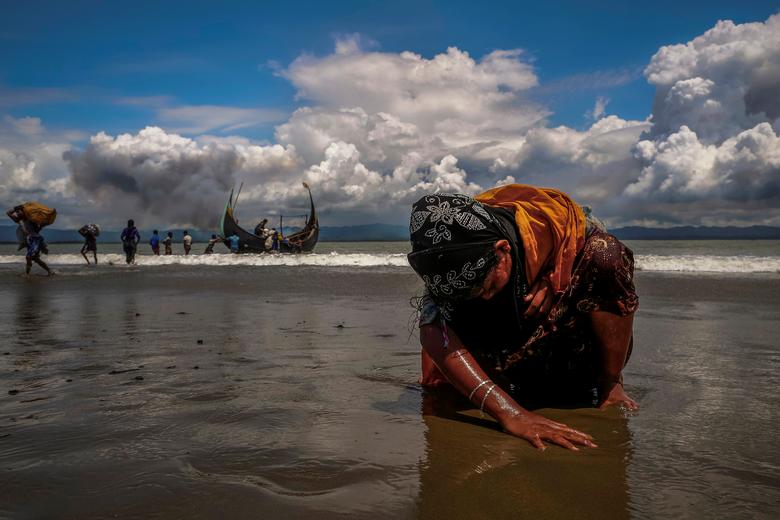
The first Athens Photo World got under way last week with a rich program of events aimed at showcasing the important work being done by photojournalists who acquaint the public with important events and people all over the world, while also imbuing these depictions with their own personal style.
The brainchild of Thanassis Stavrakis, chief photographer of the Associated Press office in Athens, the event is dedicated to Yannis Behrakis, the renowned Greek Reuters photographer who died earlier this year at the age of 58. Running through June 16, the program comprises seven exhibitions in different parts of the city, as well as a number of other events, including a round-table discussion that took place earlier this week at the Stavros Niarchos Foundation Cultural Center on contemporary photojournalism, with seven guest speakers. Kathimerini spoke with four of them ahead of the event to get their insights into the role of photojournalism and the impact of social media and other tools of mass communication on how events are reported: Lefteris Pitarakis, the chief photographer at the AP branch in Turkey; London-based Rickey Rogers, global head of Reuters Pictures; American freelancer Heidi Levine, who is represented by French agency Sipa Press; and Serbia's Dusan Vranic, the AP's chief photographer for Israel, West Bank and Gaza, based in Jerusalem.
All four are multi-award-winning and widely published, they are passionate about their work, and they are on the front line. Kathimerini asked them the same five questions.
The proliferation of social media means that we live in a world full of images. What is the photojournalist's role in this over-photographed world?
L.P.: This is exactly what makes the role of the photojournalist that much more important! A photojournalist's image is a historical record of our world and only that penetrating glance, in combination with a commitment to truth and a code of ethics, can inform and often teach and challenge points of view, mentalities and stereotypes. Like Yannis Behrakis used to say, “In the right hands, photojournalism can make the world a better place!”
R.R.: The wider discussion is how social media, or UGC (user generated content), has changed the world of journalism in making images of all types so ubiquitous across all regions, cultures and socioeconomic strata. The massive impact of an image, and the global recognition of that, has made the world of the visual journalist so much more complex due to issues regarding copyright, privacy and security. Social media has made it much easier to monitor how a person’s image is used, and has made it easier to misuse an image in many ways other than unbiased news reporting. The fact that an image comes from a trusted news source to match unbiased news reporting, doesn’t offer any guarantee that the image will not find its way into someone else’s biased agenda. Potential subjects are now much more wary of a photojournalist’s intentions, making access to people and places highly scrutinized.
H.L.: It really is our obligation, our duty as photojournalists to produce iconic images that remain as historical documents, not just an image posted on social media that goes viral for 24 hours or a bit longer. Our images should also be truthful and not manipulated. It is our duty as photojournalists to also make every effort to gather as much information as possible so that we can provide a factual caption.
D.V.: Yes, social media is flooded with all sorts of images, that is correct. But how many of those have meaning – or influence – outside the immediate circle of friends and family? The answer usually is somewhere between very rarely and none at all. I doubt that the volume of meaningful images has radically increased; this means that the role of the photojournalist is the same as it's always been. It is true that we have 7 billion “photographers” today, the problem is that equates to 7 billion – mostly – bad photographers. This, in turn, demonstrates the continuing need for talented photojournalists, those that can marry exceptional visual and journalistic skill, who are able to go out into the world and show the public what it looks like and why we need to care, on a range of issues, whether it is war, famine, natural and economic disasters, or climate change etc. A photographer who is capable of encapsulating the essence of a critical issue in a single frame, or in a series of photos. Look at the recent fire at Notre Dame, there were tens of thousands of people around there with mobile phones, but all the truly memorable photos were made by professional photographers.
The public has been bombarded by fake news and fake images over the past few years. Has that shaken the public's belief that a photograph is truth?
L.P.: Photojournalism is a constant quest for the truth beyond the surface, which constantly evokes different feelings – joy, sadness, enthusiasm, bitterness, guilt, desperation, fear, hope. Acknowledging the hugely important role of photojournalism and journalism more generally in every society and more specifically at a time of social media, fake news and the threat of manipulation, I believe that an image or a series of images can often depict the truth. There is always this argument about objectivity versus subjectivity, but I like to push past this dilemma by having absolute faith in honesty and truth.
R.R.: Fake news, as much as biased reporting, is an absolute danger to skewing the public’s opinion on any issue. But the short answer to your question is that images can still inform us of events in a truthful way. It’s important for them to come from a source that is consistently verified and known to offer only unbiased reporting, whether that be an individual photographer or a team of photographers and editors. Of course, even from the best of sources, it has always been the photographer’s truth that is transmitted, whether it reflects the photographer’s aesthetics, or his/her viewpoint on what content best transmits the facts. It’s impossible to pinpoint what exactly the pure truth is, when there are so many ways to take a photograph.
H.L.: I do still believe that an image can still tell the truth; however, as a community we are under attack by many who wish to silence us and manipulate us from the facts. In today’s world, everyone is aware and consumed about their image and the power of our photographs. We have to make an even greater effort [to make sure] that we never stray away from the ethics of journalism or succumb to pressure as we have seen others do, even outstanding photographers who have manipulated their images, because it hurts us all and undermines our efforts.
D.V.: Unless we talk about images that are digitally manipulated, or staged, there are no fake images. Photographs always tell the truth of the moment they were captured. It is hard to manipulate that. Photographers can choose not to show something, but that is another issue. I shot a lot of football, with a still image in football you can prove that there was a penalty, if you manage to get the exact moment of the tackle. On the other hand, you cannot prove there wasn’t a penalty. The main problem, at least from the photojournalist’s perspective, with social media is images that are real but placed in a wrong or purposefully deceitful context. For instance, we had some images provided by an activist group from Syria of seriously malnourished people – the activists claimed that the photos were taken in town X at time Y but it turned out that the photos were taken two years previously in a completely different part of Syria. So there is a lot of potential to misrepresent what the image actually shows, when and where it was made and or who the victims were. This is nothing new, the same thing happened at the beginning of the wars in Yugoslavia too. I saw a video showing a truck full of mutilated corpses shown on a Serbian TV channel that claimed that the victims were Serbs who were brutally mutilated by Croats. The next day in Zagreb I saw the same video on a Croatian TV channel that claimed the victims were Croats murdered by Serbs. This type of manipulation, or propaganda, is nothing new, Nazi Germany justified the invasion of Poland by creating a fake news report about an attack on their border radio station by Polish troops. The difference is that nowadays our technology makes it possible for everyone to manipulate and lie through social media and elsewhere on the internet. All you need is a Twitter account – it's as simple as that. The public must make sure to check the source of the image, the claim, or the information presented and ask the right questions, like where does it come from, and is the source credible?
Is your work influenced by certain beliefs, or political and ethical principles, and, if so, in what way?
L.P.: We are all a fusion of the society we live in. This is what shapes us as people and what shapes our emotions, our principles and our sensibilities. Everything we do is influenced by the baggage we each carry, but I believe that empathy for the people we photograph, often at the most difficult moment of their lives, and humanity are absolutely necessary for us to continue doing our job. Ethics and morals are fundamental pillars of my work and the fact that we give people a voice is our greatest duty. We have no illusions that we will change the world or stop war. Our photographs come from the heart; they are messages we are trying to convey.
R.R.: The photographer’s truth is the one that’s transmitted, intentionally or not. Everyone has personal beliefs. The best photojournalists will consciously put those beliefs aside to present the news in a way that is as unbiased as possible, but we’d be naive to think that there isn’t an unconscious or unintentional slant in the work of all journalists, especially on matters that are politically charged. Reuters photographers are well-briefed on ethics and bias, with our biggest asset being the code of ethics that we call the Trust Principles. As an editor I am in a position to watch over the work of hundreds of photographers as a second or third pair of eyes, to make sure every picture stays within those guidelines.
H.L.: I have always been addicted to trying to make a difference somehow or in some way, ever since I was a young child. From the start I was drawn to helping others and photography enabled me to use the power of an image or series of images to tell a story and give a voice to others who are unable to do so alone. The truth has always been my guiding force and I am driven to ensure that no one can ever say that they never knew what was going on. I grew up hearing that excuse and continue to make sure those words can never be used again as a reason people suffer.
D.V.: All of us are shaped in many different ways as we meander through life, with our interests, our education, the books we read and the ones we don’t, financial situation etc… We are all molded by our social environment to a large degree and all of the above shape our sensitivities, morals, sentiments and the degrees of empathy we have in relation to the people whose stories, often tragic, we try to tell.
Do you have the luxury of being able to choose your assignments?
L.P.: Generally no, but sometimes I will choose the subjects I want to investigate more extensively. A large part of my work is to cover the day-to-day news. There is a small margin for choosing one thing over another, but I always have to follow the developments.
R.R.: In the past couple of years we have adopted a more open policy of accepting Reuters photographers and contractors to volunteer for long-term stories in other continents. The benefits of this are that it gives photographers a new experience, makes them more sensitive to matters across the globe, and offers direct contact between members of the global team. These benefits outweigh the impact of higher cost compared to confining coverage to just one country or region. Two clear examples of this were the Rohingya refugee crisis in Bangladesh and Myanmar in 2017, and the Mexico migrant caravan in 2018.
Apart from this we consider daily proposals from photographers to produce feature stories, which would also fit into the category of photographers choosing their own assignments, once the proposals are accepted as worthy. Stories are best executed when a photographer is inspired by the subject, so in my mind it’s vital to our success to allow photographers to choose their assignments whenever possible.
H.L.: I shoot a mixture of stories that are assigned by editors, story ideas I suggest to editors and stories I decide to invest in myself without certainty that they will get published but simply move me in my spirit and heart.
As a member of the Foreign Press Association in Israel, I have obligations to carry out when it is my turn to cover events that are limited to pool coverage only. Many of those included historic events such as the visits of the pope, world leaders including [US President Donald] Trump and his wife and daughter's visit to the Old City of Jerusalem, which I never would have had access to any other way because of the limitations to access. At times I have to cover events that may not seem to be very exciting but I try my best to capture the best moments whether it is news breaking or not. Our industry has changed drastically and with the global cutbacks in journalism, assignments that do come my way are also a way to sustain myself financially and help to fund longer-term projects.
D.V.: In general, no, it doesn’t work like that, I can’t just pick up and go cover a story just simply because I feel like it… But I have volunteered for a lot of stories, the stories I was particularly interested in and wanted to cover as a journalist. On the other hand, I was assigned to cover plenty more, some of the stories I was asked to I wanted to do anyway. There were also some occasions I said no. So I don’t really know if I was choosing assignments or assignments chose me.
Which is the most important assignment you have done so far and why?
L.P.: There have been so many missions on so many important issues, it's really hard to single one out. Generally, though, I lived and worked in the Middle East for a long time, so the region has always been important to me. I extensively covered the Arab-Israeli conflict in Israel, the West Bank and Gaza, while also traveling on assignment to other countries like Egypt, Lebanon, Syria, Jordan, Tunisia and Afghanistan and Iraq after the operations there. I traveled to Lebanon in the summer of 2006 to cover the conflict between Israel and Hezbollah. I was there for two months and despite my experience and knowledge, nothing could have prepared me for the terrifying images of destruction, pain, hate and inhumanity I witnessed. I often found myself facing multiple moral dilemmas, standing on the crossroads of incredibly sensitive issues that had to do with death, loss and respect for the people on the one hand, with the necessity of documenting it as was my duty, on the other other. For many of us, being on the front line is not an act of heroism, it is not about showing off or chasing an adrenaline high, or a selfless act; it is simply our job.
R.R.: My career as a photojournalist began late in life, when I was nearly 30 years old and traveling through South America. I can easily say that the most satisfying time for me was when I founded the first news pictures agency in Bolivia in 1994, which was the first agency to offer only digital images in South America. The agency had huge editorial success in a small country, but made a name for itself among colleagues across the continent. It was especially satisfying for me as it created a school in a country with very little tradition for photojournalism. It was that project that became a springboard for me to enter Reuters and kick-start my career.
H.L.: This is a very hard question to answer because I have captured so many scenes of human suffering and also situations that have helped me not to lose my faith in humanity as well. If I had to choose one, it would be the Israel-Gaza war in 2014 and the aftermath. It was the third war in Gaza in just under five years and it felt even more personal than ever. I met people taking refuge in the UN schools who were still trying to recover from their wounds and losing their homes. Many of the children were not even old enough to know anything but conflict in their young lives. My driver and assistant Ashraf's home was reduced to rubble and I found myself not only trying to cover the violence but helping a family of 60 people I moved to an empty apartment who had nothing left of their own. My colleague Simone Camille was killed and long-time friend Hatem Moussa was critically injured and lost his leg. They were just trying to cover the same story as I did just days before and I am still struggling with survivor's guilt.
Once the guns were silenced, I felt committed not only to document how civilians survive but the healing process and the immeasurable power of resilience. This project was not all about impacting an audience but a personal need I felt I needed to learn for myself and also learn how to teach myself this recovery process because the war left me broken as well.
During the actual fighting, I was always on the run chasing after the impact of airstrikes, the death and destruction, and now that the guns were silenced, I felt driven to carry out a personal project that tried to examine the healing process. I tried to go back to the people I had documented and go behind closed doors. I spent time living with a couple that both lost limbs and family members. I documented a couple singing love songs to each other and then months later witnessed how the war eventually tore their love for one another apart. I had a chance to spend time living with them, sleeping in a bed next to a woman who lost both her legs. We spent the night like two girlfriends, giggling, watching old Egyptian movies, while other women played with my curls. When we woke up the next morning, I watched her as she looked down and felt her legs were gone.
D.V.: I have covered a lot of very important historic events, such as the fall of communism in Romania, Poland and Czechoslovakia, the breakup of the Soviet Union, the breakup of and wars in Yugoslavia, the American invasions and occupations of Iraq and Afghanistan and its fallout. I have covered Red Star Belgrade winning the Champions League in 1991, and Greece winning the European football championship in 2004… Both highly unlikely ever to be repeated, therefore both also quite unique and historical events. It is hard to say what what the “most” important assignment I have covered was as “what is important” and to whom will vary widely. Possibly out of it all, the failure of communist ideology and its defeat by neoliberalism is the most important historic event I have witnessed.





